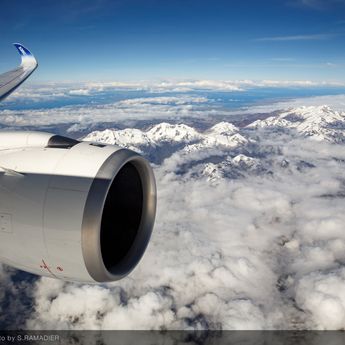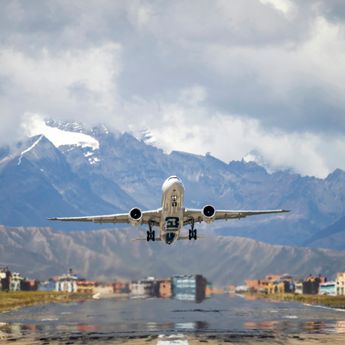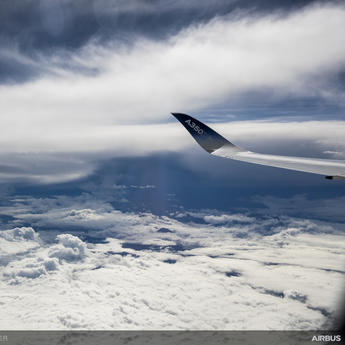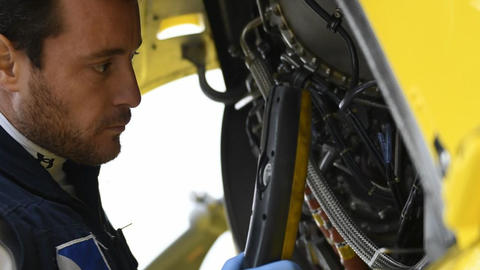Airbus has developed a system which improves management of unreliable airspeed events.
Pitot tubes are actual tubes located along the fuselage of an aircraft. They are used to measure airspeed, i.e. the speed relative to the speed of the air around the aircraft. This is a critical piece of information needed for flight crews to control the aircraft in flight. However, these vital probes can fail when the tubes are blocked by foreign debris, such as ice, dust, sand, plants or insects. Several aircraft incidents and accidents resulted from incorrect airspeed readings following blocked pitot tubes.
Aircraft have multiple pitot tubes.When one provides incorrect values, the pilot manually selects which of the sensors provides correct information. In its constant quest for safety, Airbus proposes a functionality that supports this task. With the help of air and inertia automatic data switching, the aircraft can identify the sensor providing erroneous information and eliminate its readings, therefore displaying only the correct information on the crew's flight instruments.
If the information from all pitot tubes is erroneous, the aircraft gathers additional information from other sensors to compute a “backup airspeed” which is then displayed to the flight crew.
Even the engine, which is not as sensitive to external debris as a pitot tube, can be used as a reliable way to extract the airspeed reading. This means that airspeed measurement information is now more reliable, whatever the conditions.
Safety Innovation series
Continue Reading

Airspeed information, whatever the conditions
Web Story
Safety
Airbus has developed a system which improves management of unreliable airspeed events.
How to make takeoff safer
Web Story
Safety

A new workshop designed with safety in mind
Web Story
Safety

Using aircraft as sensors to prevent runway overrun
Web Story
Safety

Severe weather hazards: the best is to anticipate and avoid
Web Story
Safety

